

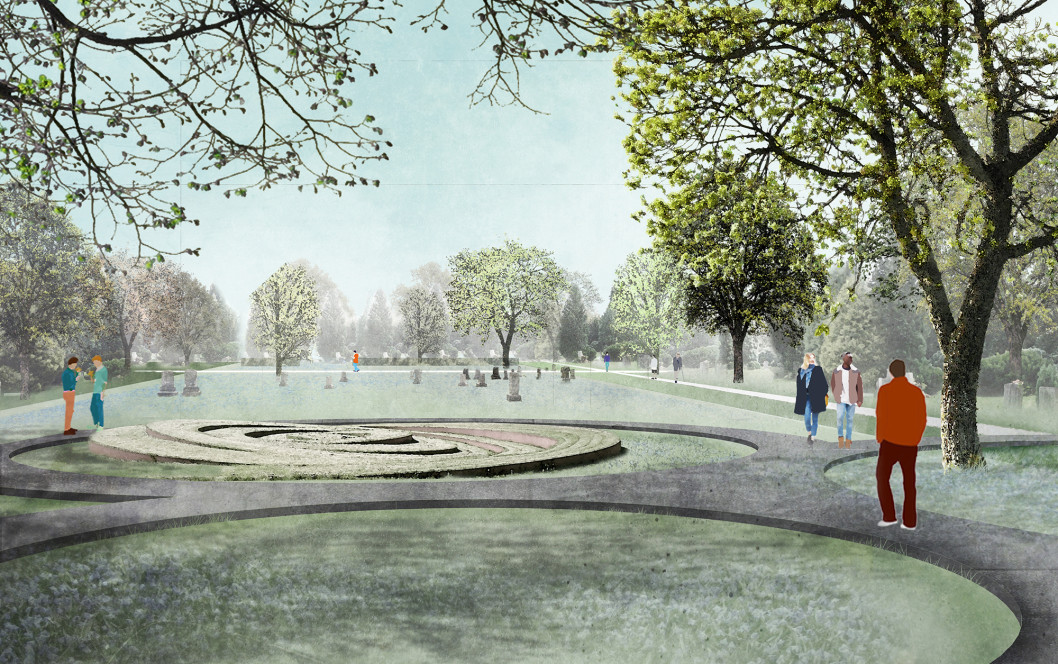
Hamburg’s Ohlsdorf Cemetery is the largest cemetery park in the world with an area of 389 hectares (larger than New York City’s Central Park). This special place has an international allure and is known for its combination of beautiful scenic surroundings, many striking chapels and historic tombs. The original western part of the cemetery, where the main entrance is located, was designed by architect Johann Wilhelm Cordes as a landscape park and opened in 1877. The eastern extension has a basic geometric structure and was designed in the 1920s by Otto Linné.
The cemetery faces a major transformation challenge. We live in a time when funeral culture is changing rapidly and the need for traditional funerals is declining. Ohlsdorf cemetery will need 100 hectares less in the next 20 years. As part of these developments, the city of Hamburg has drawn up a masterplan for the future: “Ohlsdorf 2050”. A clear distinction is made between the intensively used cemetery and the extensive park areas. Within this masterplan, Karres en Brands is working on a 16.5-hectare site on the south side of the cemetery. This site makeover is a pilot project on the Ohlsdorf cemetery, to transform it partly into a public park. The proposal, “from necropolis to vibrant city”, provides a framework for future developments and provides an intellectual interpretation of the history of the cemetery.
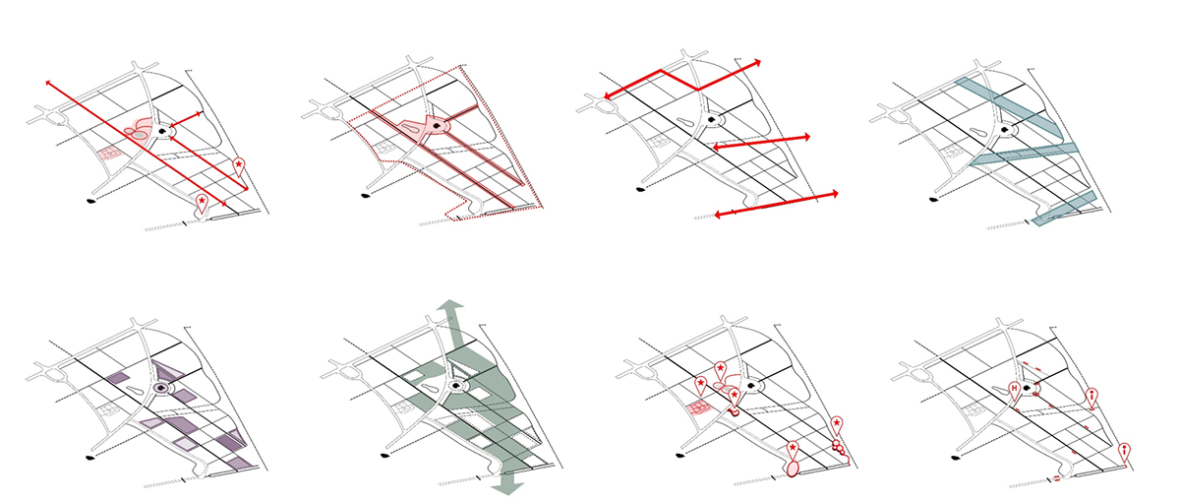
The strategy for the partial operation, which can later be implemented in larger parts of the cemetery, is both simple and complex: the existing orthogonal and monumental tree avenues form the framework for future developments, which are then supplemented and reinforced by a new spatial structure. New open zones in the dense bush layer that developed unintentionally over the years, make the rich history of the cemetery visible again and create new and unexpected relationships with the surrounding city. The result of this are open spaces where the atmosphere is determined by the presence of old structures and relics, which at the same time offer space for new ways of collective use.
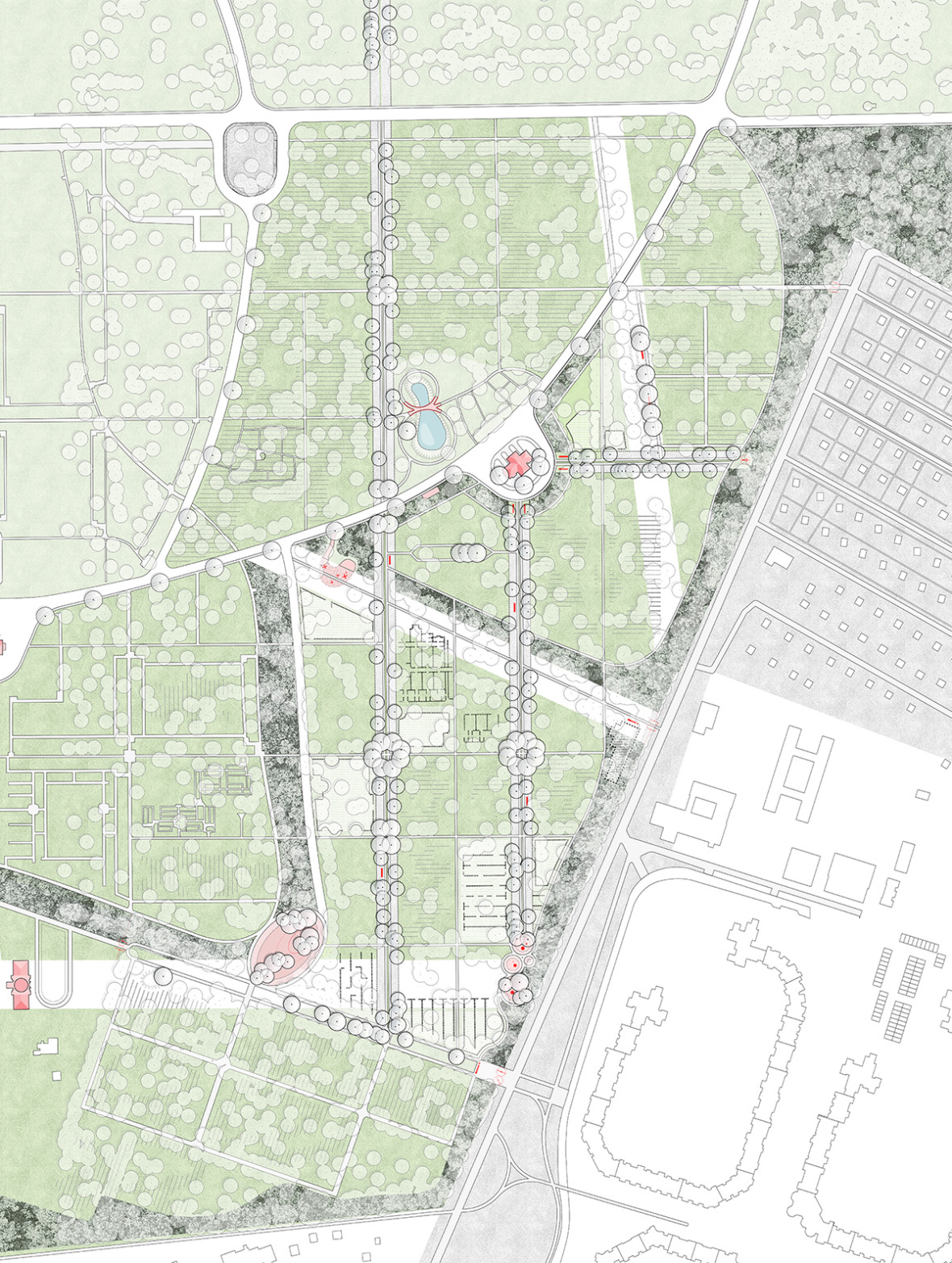
This plan is not a fixed design, but an open strategy for the transformation of a cemetery to a new typology: a cemetery park.
It is a long term, low-budget approach which will emerge hidden treasures of the cemetery while adding new layers over a period of several years. This way of thinking and dealing with space is a method of reinterpreting history, transforming the existing cemetery and thus creating space for new functions.
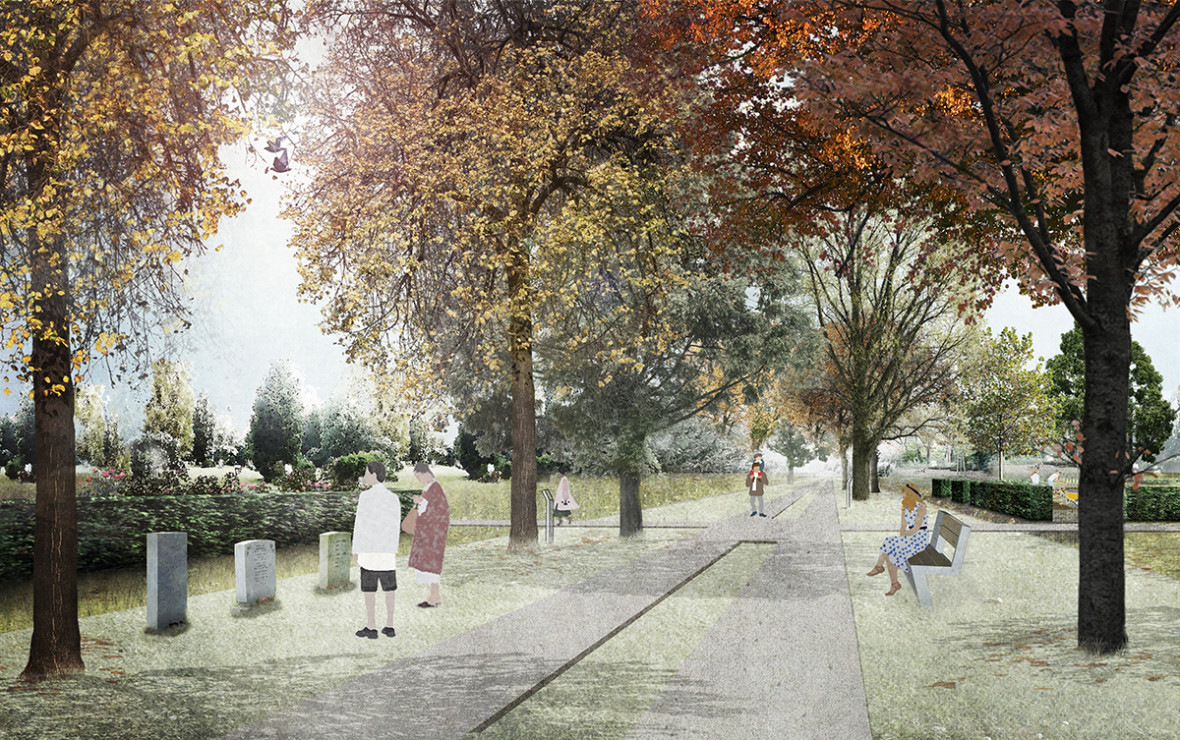

We proposed to transform the enclosed cemetery into an open cemetery park by carefully chosen but robust interventions such as restoring old sight lines, adding new plants, opening up existing green structures and restoring new entrances. Many of these interventions start with a different view of management. With the delicacy of a gardener, we observe and start with small intervention to enable the special features of the past and present of the cemetery to slowly emerge.
The future vision is a layered strategy consisting of 8 steps. From the creation of the above new spatial structure to the introduction of collective initiatives and shared use.
This way there will be a future for the cemetery as a new lively park.
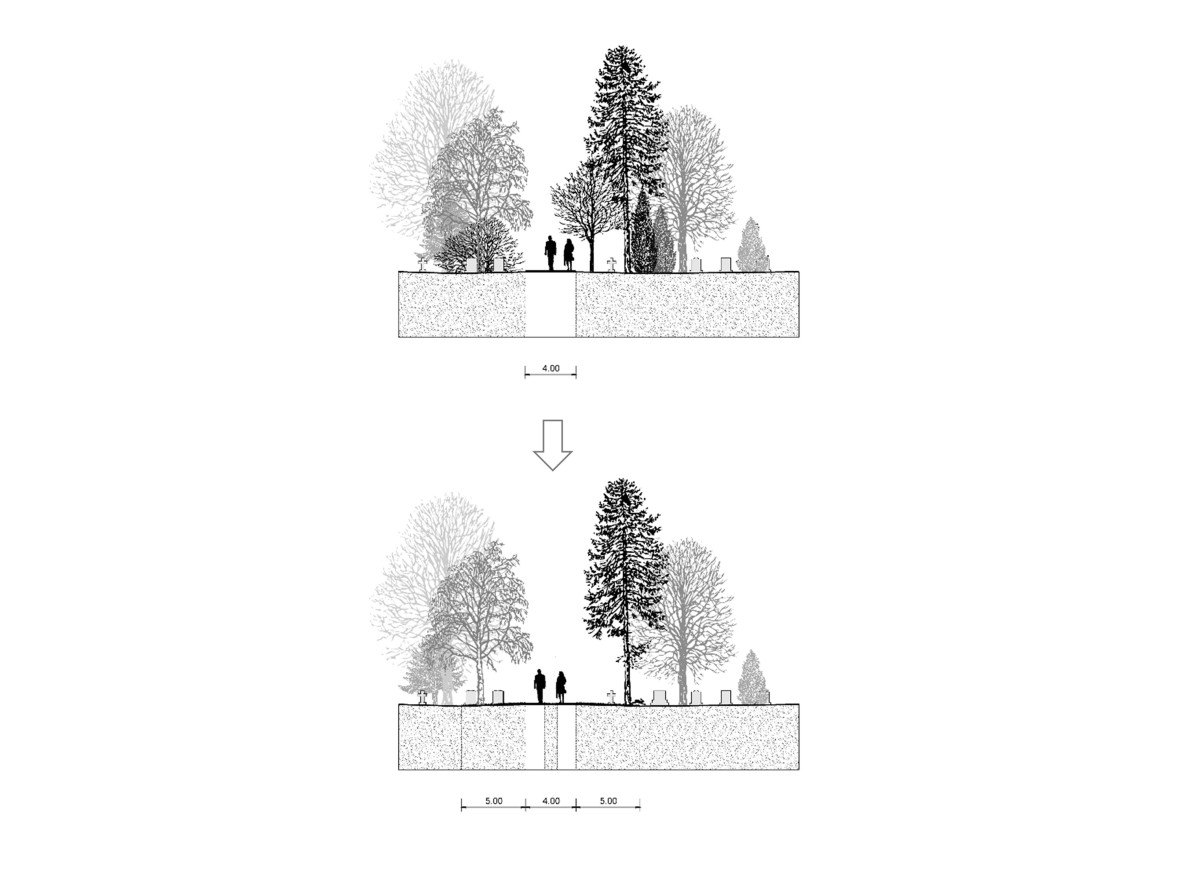

Before and after

Before and after

Before and after
| Location. | Hamburg, DE |
|---|---|
| Assignment | Future vision and Strategic redevelopment plan, Super vision |
| Size | 16,5 ha vision (competition area), 8.800 m² realisation area 1, 4.600 m² realisation area 2 |
| Design | 2017 – 2019 |
| Construction | 2019 realisation area 1, 2019 – 2020 realisation area 2 |
| Client | Hamburger Friedhöfe –AöR- |
| In collaboration with | Kai Metzger |